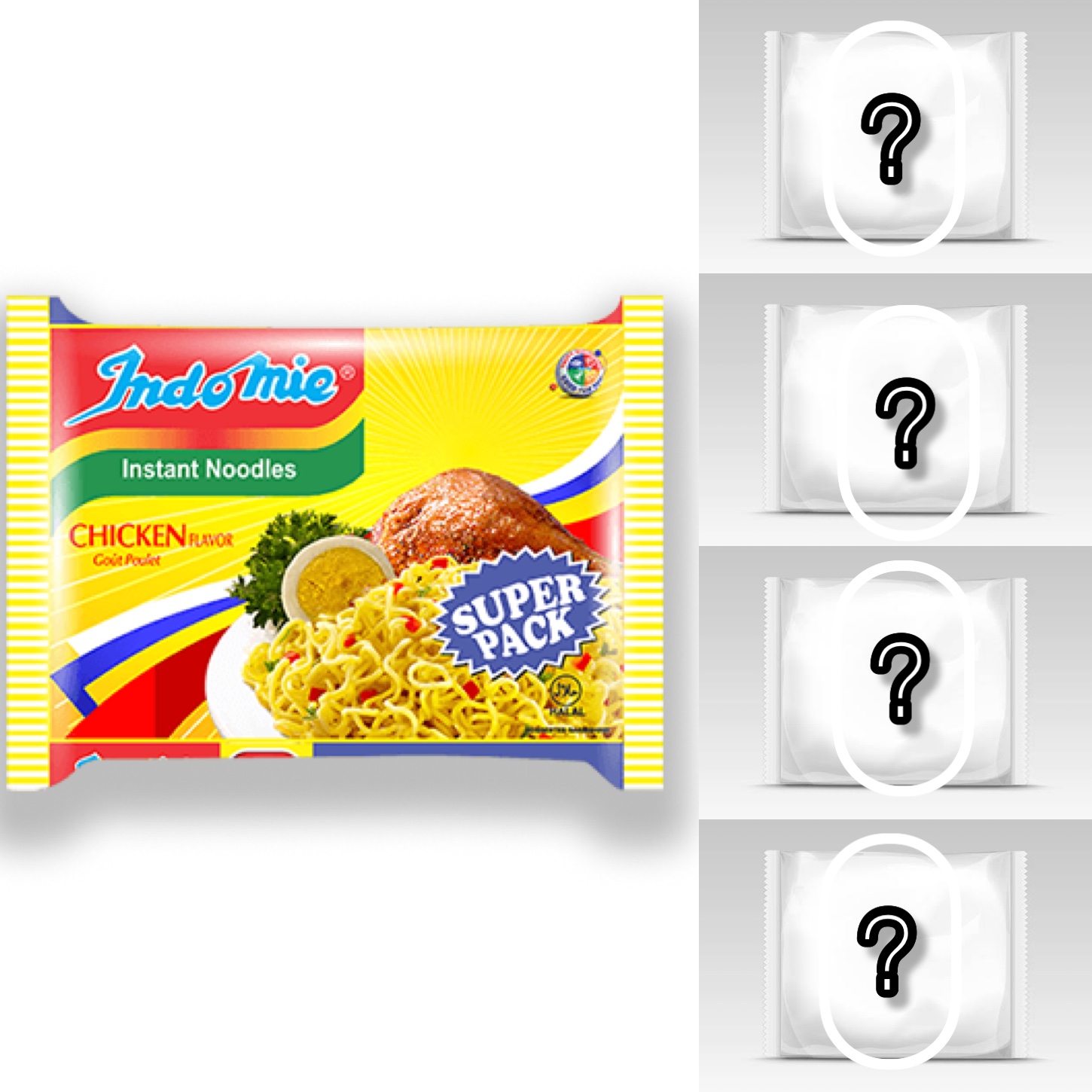By Zion Rufus
Against the backdrop of genericization and brand building especially in the Nigerian market where one is used to describe a whole such as how every noodle brand is Indomie and every bouillon cube is Maggi, it has become imperative to discuss the pros and cons of brand genericide.
Beyond quality, the name of a brand is what sets it distinctively and exclusively apart from others in its segment as it establishes the brand in the minds of its target audience, lends credibility to the product, and assures the customers of quality (or the lack of it).
Popular names like Aspirin, Heroin, Escalator, Band-Aid, Cellophane, Kerosene, Laundromat, Sellotape, Teleprompter, Jet-Ski and many more, were originally legally protected trademarks before they became genericized by the public.
“It tends to be a big problem, because the brand just stops being a badge of origin and becomes a generic term,” says Business expert, Lanre Basamta in an interview with MARKETING EDGE on the upsides and downsides of genericization.
“It is a human reality where people equate either a market leader or dominant player to the segment in which they serve. Branding is not just about the look and feel anymore, it is the identity and personality of every product and service where a brand wears the garb of a segment, and when it comes to genericization, this apparent advantage could turn to a disadvantage.”
In Nigeria, some of the brand names that have become generic terms include Super Glue, Indomie, Pampers, Sellotape, Maggi, Biro, amongst others.
“Essentially, a brand is whatever the customer says it is, and this brings me to Indomie as a case study using the fundamental elements of branding milestones in marketing, ” Basamta said.
Pros
Recognition, Conversion
“When an organization, company, or individual builds a brand, product, or service to a point where the product stands for something, that’s the first milestone. Let’s use the noodles market as an example. Take a look at the brand, Indomie noodles. People know that Indomie is a noodle brand, that’s the first milestone; the second milestone is when the organization builds the brand and then the brand convinces and converts people. That is, the point where the brand does the convincing and conversion. So, people go into a store to buy a noodle brand where we have tons of them, but they choose to buy Indomie noodles, that’s the second milestone. The brand is now solid enough to convert its target market.”
According to Basamta, the third milestone is where people reference the segment in which it is serving as the brand. Today, instead of saying “noodle”, Nigerians find it easier to say “I had indomie for breakfast” or walk into a store or food joint to say “I want to buy Indomie”, even if they are referring to another brand of noodles.
Retention, Genericization
“Like how people think macleans is what all toothpastes are, or Omo is what all detergents are, and indomie is what all noodles are, it means whether people know it or not, they carry your brand everywhere they go, demand for it and that is major,” Basamta explained.
“But for me I think there is a level that is higher than that where people come to love, resonate with, trust a brand, and make it a life partner. I think that is what is already playing out; where people buy Indomie noodles not because they are hungry but because they want to buy it to keep at home or give out as a gift. They find it worthy enough to keep as a life partner for them to relate with and I think that is more valuable than even equalization. So even if there are one thousand players in that segment, your brand is recognized distinctively.”
Cons
Bearing the burden of the segment
The first downside highlighted by Basamta is the problem of bearing the burden of the segment.
“In a segment where you are the brand that is equalized to the segment, you carry the burden for that segment. It means that your brand is exposed to the burdens of the industry. There was a time when there was a leading rumor that indomie was causing cancer. The implication is that if there was any problem with any other noodle brand or a situation where someone eats noodles and that noodle brand isn’t even indomie and caused an unavoidable death, your brand is going to suffer. So it means you are exposed to all of the exposures and risks that the industry carries.”
Increased budget, Divided focus
In this state, Basamta explained that where a brand is equalized to the segment, the brand will have to continue to spend more to prop up.
“A brand is as valuable as what the promoters invest in it. When you see a brand doing well, it is because of the investment, achievement, and impact of the product and service for which the brand stands for,” Basamta said.
He continued: “You will find that when the brand is equalized, it is exposed everywhere. You will have everyone reaching out to you for sponsorship, for partnership, for brand representation, and you will find out that you will end up spending a lot more time and energy focusing on the support and development of your segment instead of focusing on the development of your brand.”
In his final submission, Basamta also pointed that the brand also runs the risk of building the segment for competition
He said: The more you develop the segment and make it attractive, the more you find the small players who come to scheme you up or scheme you off.”





Comment
No comments found.